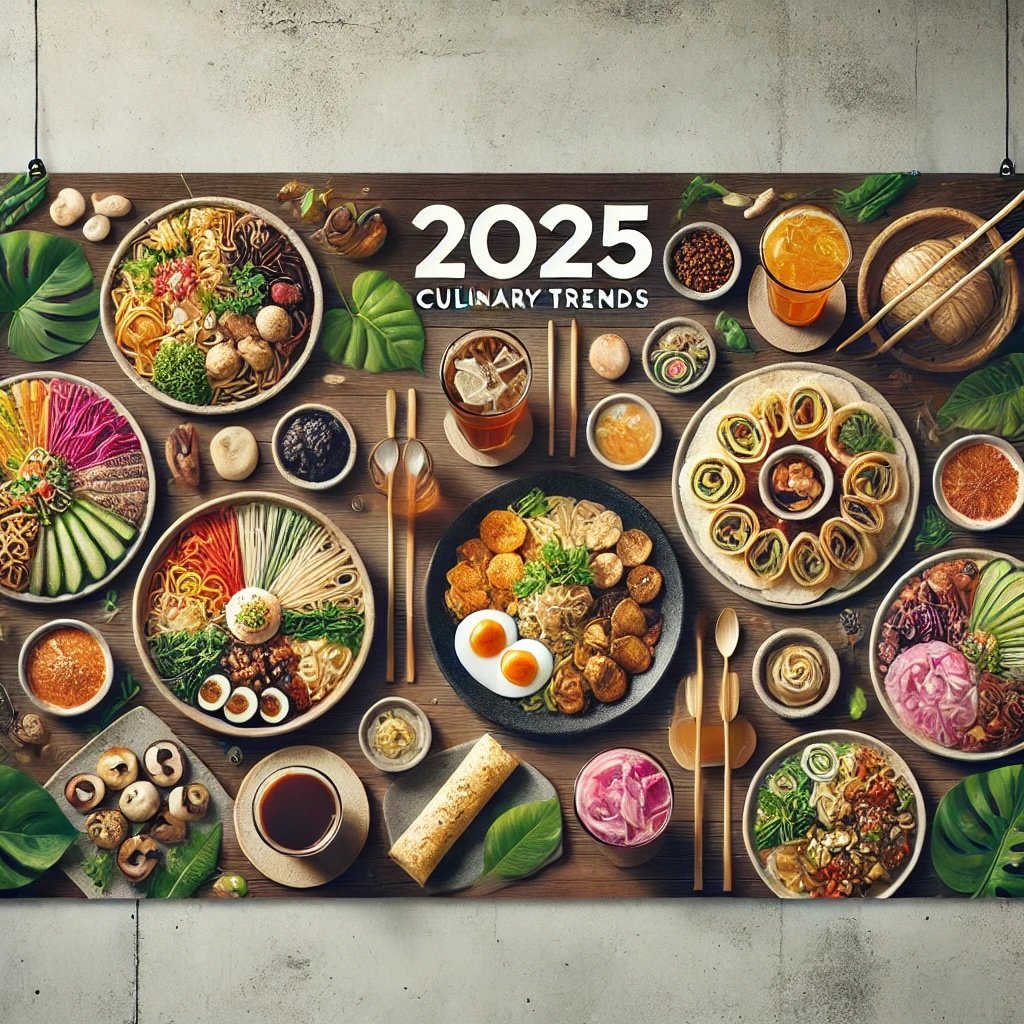As we enter 2025, the culinary world is brimming with innovation and mindfulness, as highlighted by the National Restaurant Association’s “What’s Hot 2025 Culinary Forecast.” Key trends focus on sustainability, wellness, global influences, and exciting flavors. These shifts present unique opportunities for enhancing the senior living dining experience, blending modern culinary practices with reside’ needs.
Top Culinary Trends for 2025
Sustainability and Local Sourcing: Sustainability remains a top priority, with restaurants emphasizing local sourcing and reduced waste. These practices resonate with consumers who value environmental stewardship and support for local/regional economies.
Global Cuisine, Especially Asian Influences: Korean, Vietnamese, and Filipino cuisines dominate the list. They are celebrated for their vibrant flavors, use of fermented foods, and health benefits. Dishes like kimchi, pho, and lumpia bring a mix of spice, tang, and umami to the table.
Functional Ingredients: Functional mushrooms, fermented foods, and ube (a purple yam) are gaining traction for their nutritional benefits. Fermentation, in particular, supports gut health, a critical concern for seniors.
Wellness Beverages: Drinks like kombucha, cold brew, and vitamin-enriched wellness drinks are rising. These beverages offer functional benefits, such as improved digestion and enhanced immunity, while satisfying the palate.
Value and Miniaturization: Smaller, curated menus and mini-desserts align with consumer demand for value and creativity. Offering tasting portions or flights encourages exploration and minimizes waste.
Impact on Senior Living
Incorporating these trends into senior living menus can revolutionize dining by promoting health, cultural enrichment, and satisfaction.
Enhanced Health Benefits: Fermented foods like kimchi and miso, and functional ingredients like mushrooms, can improve digestion, boost immunity, and support cognitive health. These elements align with spa cuisine principles, which emphasize nutrient-rich, healing foods.
Elevated Dining Experiences: Introducing global cuisines and innovative beverage options adds variety and excitement to meals. Residents can explore diverse culinary traditions, fostering a sense of discovery and enjoyment.
Sustainability and Connection: Hyper-local sourcing not only reduces the environmental footprint but also builds connections to the community. Supporting local farmers and producers instills pride and engagement among residents.
Customization and Portion Control: Smaller portions, flights, and customizable options cater to individual dietary needs while reducing food waste. These practices ensure meals are both satisfying and efficient.
Driving Satisfaction Through Innovation
The intersection of these trends with senior living dining offers significant benefits:
Health and Wellness: Aligning menus with current trends can meet residents’ growing interest in functional foods and beverages that support overall well-being.
Social and Emotional Fulfillment: Dining becomes an adventure, promoting engagement and connection among residents.
Operational Efficiency: Streamlined menus and sustainable practices can help senior living communities balance cost, quality, and creativity.
By embracing these culinary innovations, senior living communities can redefine their dining programs, offering experiences that are healthful, exciting, and deeply satisfying. Let’s raise a glass of wellness kombucha to a flavorful and vibrant 2025!

